How does oxidation treatment enhance the bonding performance of fibers?
As the first step of pretreatment, oxidation treatment has the core goal of introducing oxygen-containing functional groups on the fiber surface by specific means, thereby enhancing the bonding performance of the fiber with other materials. In actual operation, oxidation treatment mainly adopts two methods: gas phase oxidation and liquid phase oxidation.
Gas phase oxidation is to place the carbon fiber precursor in a specific environment containing oxidizing gases such as oxygen and ozone. Under the set temperature and pressure conditions, the oxidizing gas molecules react chemically with the carbon atoms on the fiber surface. As the reaction proceeds, oxygen-containing functional groups such as hydroxyl, carboxyl, and carbonyl are gradually formed on the fiber surface. The appearance of these functional groups is like adding many "connection points" on the fiber surface, changing the chemical properties and physical structure of the fiber surface.
Liquid phase oxidation uses strong oxidizing solutions such as nitric acid and sulfuric acid. After the precursor is immersed in the solution, the strong oxidant in the solution quickly contacts and reacts with the fiber surface, which also promotes the generation of oxygen-containing functional groups. Compared with gas phase oxidation, liquid phase oxidation can more accurately control the degree of oxidation, and the solution concentration and treatment time can be adjusted according to actual needs. However, these factors must be strictly controlled during operation, because if improperly handled, excessive oxidation may damage the internal structure of the fiber and affect the overall performance of the fiber.
When carbon fiber chopped strands are compounded with other materials, the oxygen-containing functional groups on the surface play an important role. Taking the polymer matrix as an example, the carboxyl groups on the fiber surface can react chemically with the hydroxyl groups in the polymer to form a strong chemical bond, realizing the chemical connection between the fiber and the polymer. In addition, the oxygen-containing functional groups can also be closely combined with the matrix material through physical adsorption. This enhanced bonding performance enables the fiber and the matrix material to work together when subjected to force and jointly bear the external force, effectively avoiding the occurrence of interface debonding and significantly improving the overall performance of the composite material. In the manufacture of automotive parts, oxidized carbon fiber chopped strands reinforced plastic parts can better disperse the impact force and enhance the safety performance of the vehicle when the vehicle encounters a collision.
How does carbonization treatment improve fiber strength and modulus?
Carbonization is a key step in treating carbon fiber precursors at high temperatures. Its main purpose is to remove non-carbon elements from the fiber and significantly increase the carbon content, thereby significantly improving the strength and modulus of the fiber. This process is carried out in a high-temperature furnace protected by inert gas. As the temperature gradually increases, a series of complex and critical physical and chemical changes occur inside the fiber.
The carbonization process is usually divided into multiple stages. In the initial stage, most of the non-carbon elements in the precursor, such as hydrogen, oxygen, nitrogen, etc., begin to decompose and escape in the form of gas. As the non-carbon elements continue to detach, the chemical structure of the fiber changes significantly. Entering the intermediate stage, the carbon atoms inside the fiber begin to rearrange and combine to form more stable carbon-carbon bonds, and the density of the fiber continues to increase. In the final stage, under the continuous action of high temperature, the arrangement of carbon atoms is more orderly, the structure of the fiber becomes denser, and its strength and modulus are greatly improved.
Throughout the carbonization process, as non-carbon elements are removed, a more compact and stable structure is rebuilt between carbon atoms. This structural change reduces the internal defects of the fiber and increases the density, thus giving the fiber higher strength and modulus. Higher strength means that the fiber can withstand greater tension without breaking, and higher modulus means that the fiber has a stronger ability to resist deformation when subjected to force. In the field of aerospace, aircraft structural components made of carbonized carbon fiber chopped strands reinforced composite materials can withstand the huge stress generated by the aircraft during high-speed flight and complex environments, ensuring the stability and safety of the aircraft structure, while also helping to achieve lightweight design of the aircraft and reduce flight costs.
How does graphitization improve fiber conductivity and thermal stability?
Graphitization is an important step in further optimizing the performance of carbon fiber chopped strands. It can make the crystal structure of the fiber more regular, thereby improving the conductivity and thermal stability of the fiber. This treatment process is carried out at a higher temperature than the carbonization treatment. Under the strong action of high temperature, the carbon atoms inside the fiber obtain enough energy to begin to break through the constraints of the original structure, and undergo violent movement and rearrangement.
In order to promote the transformation of carbon atoms into graphite crystal structure, specific catalysts, such as metal salts, are sometimes added during the treatment process. Catalysts can reduce the activation energy required for the rearrangement of carbon atoms, accelerate the graphitization process, and help form a more regular hexagonal lattice structure. During the graphitization process, the irregularly arranged carbon atoms gradually become ordered, and finally form a highly ordered hexagonal lattice structure.
This regular crystal structure has an important influence on the performance of the fiber. In terms of conductivity, due to its good electron conduction path, electrons can move more smoothly inside the fiber, thereby significantly improving the conductivity of the fiber. In the field of electronic equipment manufacturing, this highly conductive carbon fiber chopped strand can be used to manufacture high-performance circuit boards, battery electrodes and other components to improve the performance of electronic equipment. In terms of thermal stability, the regular crystal structure makes the bonding between carbon atoms more compact and orderly. In a high-temperature environment, the fiber can better maintain its structural integrity and effectively resist thermal deformation and thermal decomposition. In high-temperature industrial fields, such as metallurgy, ceramics and other industries, graphitized carbon fiber chopped strands can be used as high-temperature resistant materials, working stably for a long time in a high-temperature environment, providing reliable guarantees for related industrial production.
How to improve the performance of Carbon Fiber Chopped Strands through pretreatment?
Product Consultation
HOT SALE
Hot Products
-
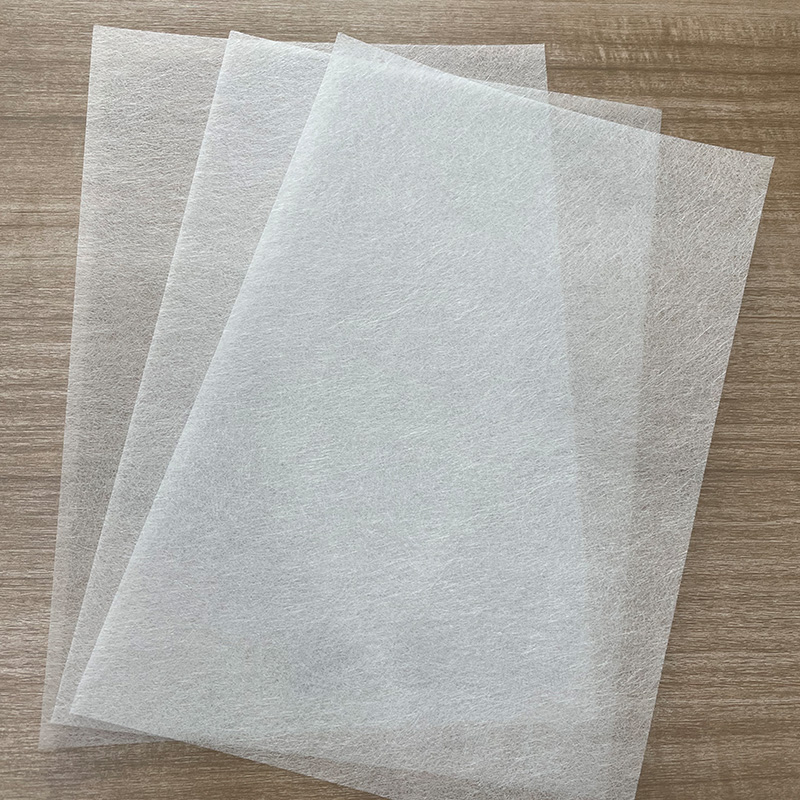 Fiberglass Wall Covering Mat
View More
Fiberglass Wall Covering Mat
View More
-
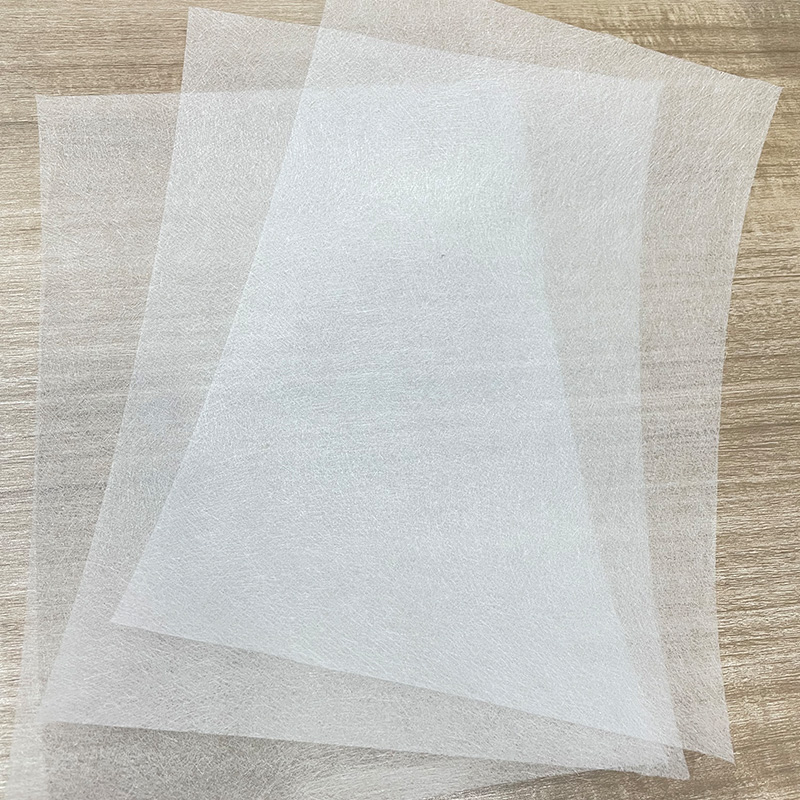 White Fiberglass Surface, Packaging Type: Roll at
View More
White Fiberglass Surface, Packaging Type: Roll at
View More
-
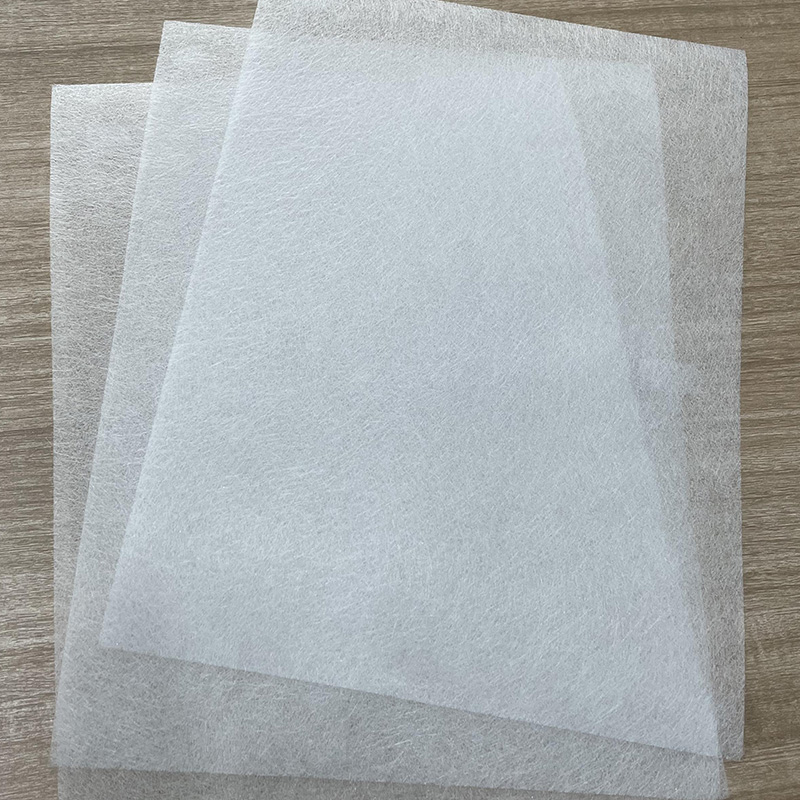 Fiberglass Tissue Mat for Roofing
View More
Fiberglass Tissue Mat for Roofing
View More
-
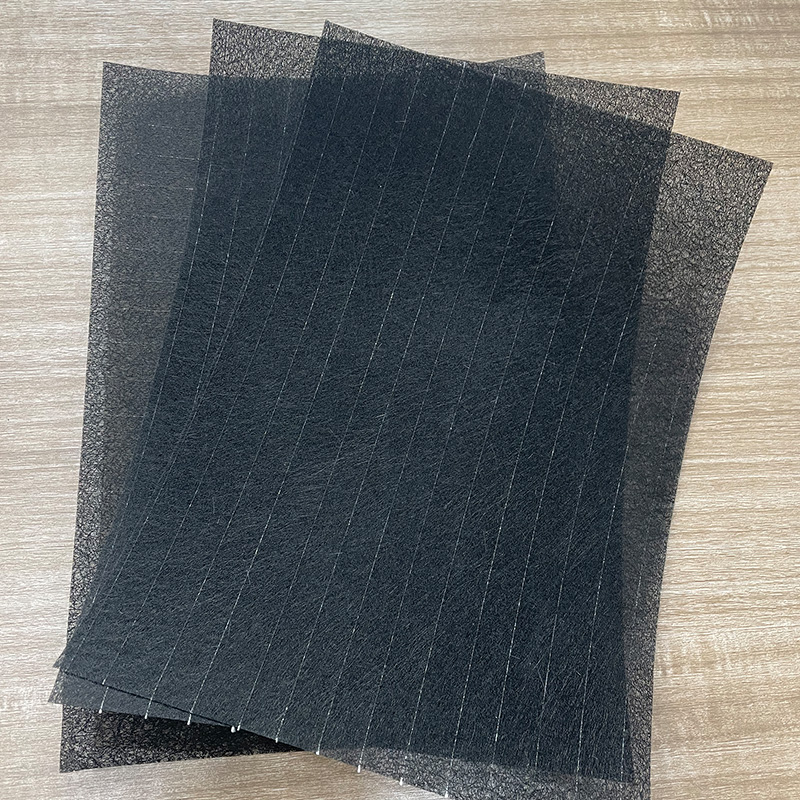 Black Fiberglass Tissue Facing
View More
Black Fiberglass Tissue Facing
View More
-
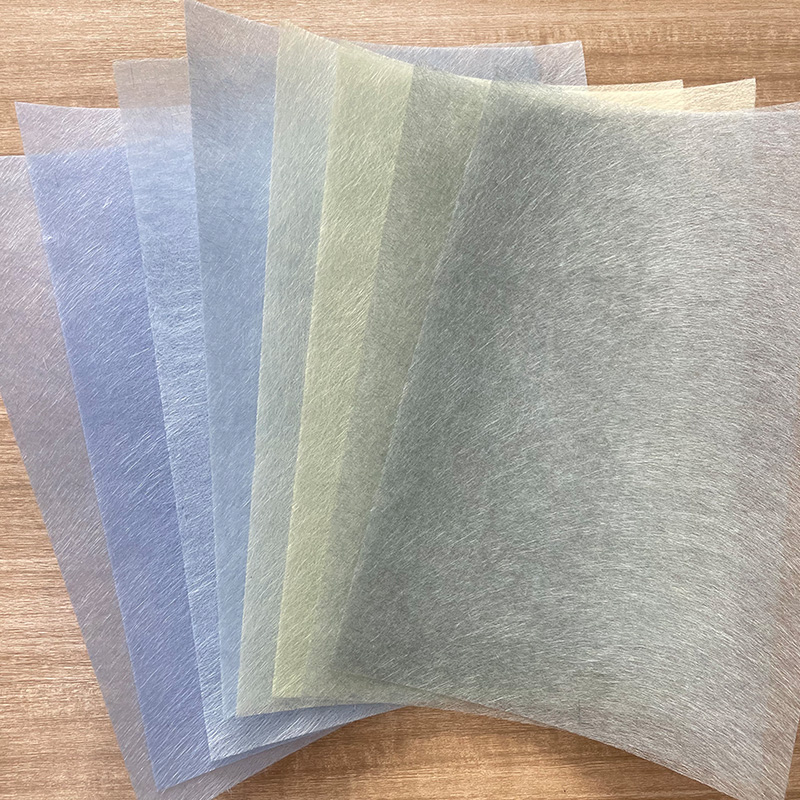 Customized Colors For Fiberglass Tissue Facing Mat
View More
Customized Colors For Fiberglass Tissue Facing Mat
View More
-
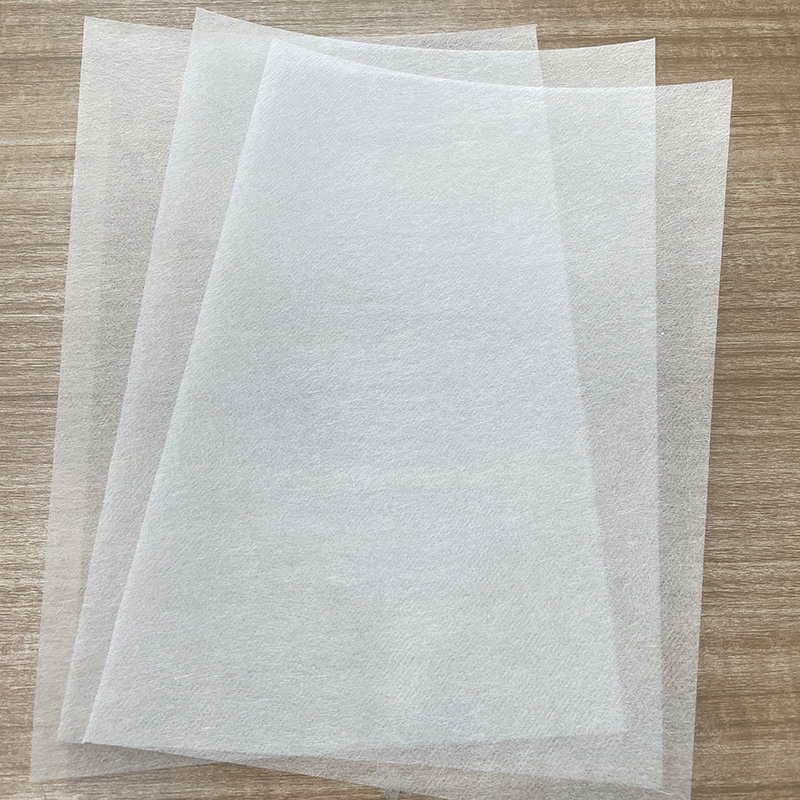 Glass Fiber For Molecular Sieve Zeolite Rotor
View More
Glass Fiber For Molecular Sieve Zeolite Rotor
View More
-
 Glass Fiber Mat For Pipe Wrapping/Pipe Wrap Glass Fiber Mat
View More
Glass Fiber Mat For Pipe Wrapping/Pipe Wrap Glass Fiber Mat
View More
-
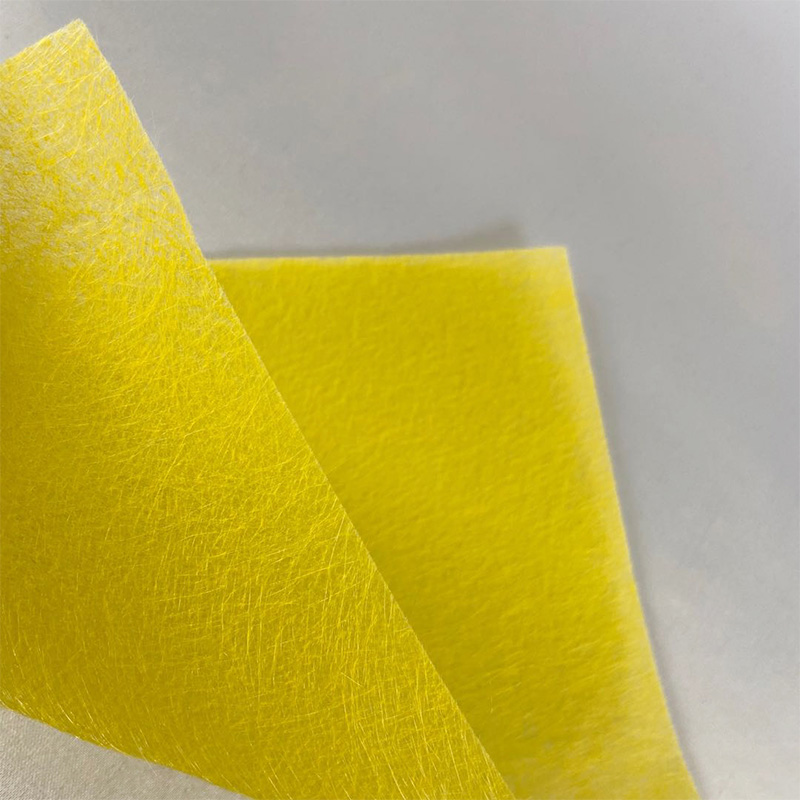 Glass Fiber Separator For Battery
View More
Glass Fiber Separator For Battery
View More
-
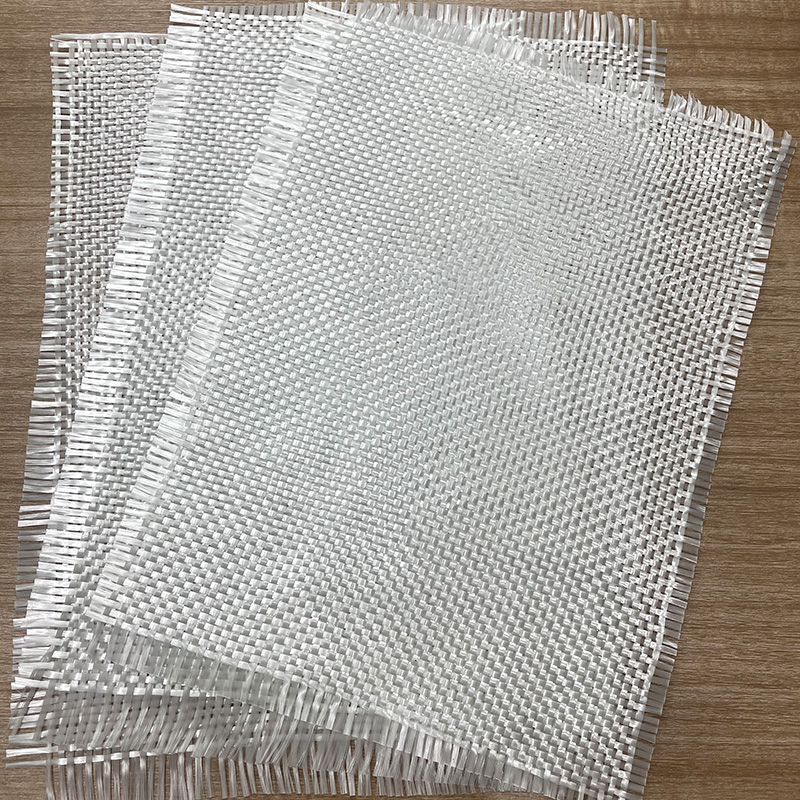 200g/400g/600g Glass Fiber Cloth/Grammage Can Be Set Glass Fiber Cloth
View More
200g/400g/600g Glass Fiber Cloth/Grammage Can Be Set Glass Fiber Cloth
View More
-
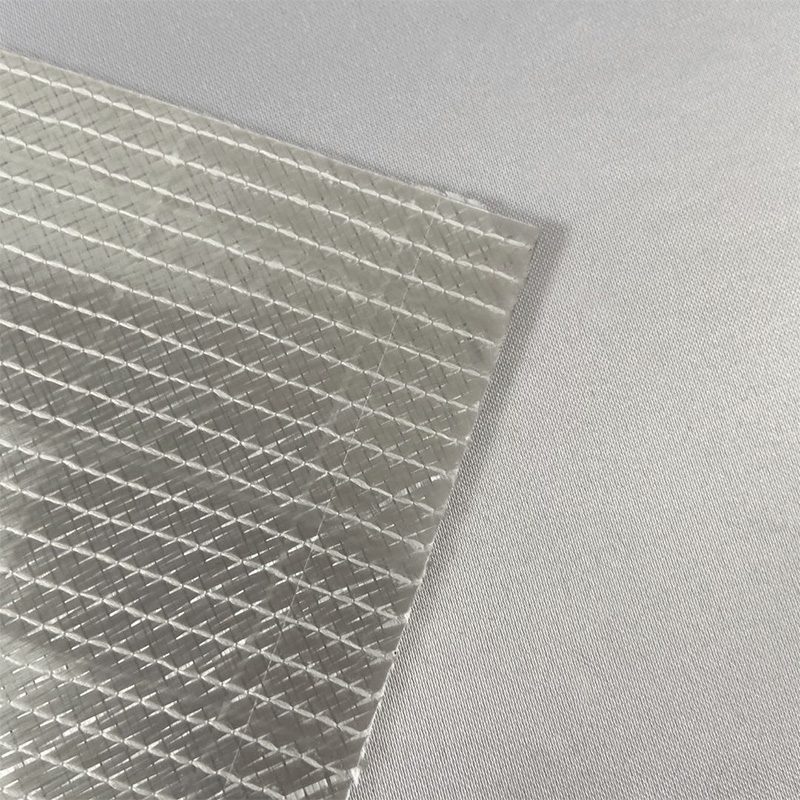 300g Multi-Axial Cloth ±45° / Wind Turbine Silo Cover / Grade A Alkali-Free Multi-Axial Cloth
View More
300g Multi-Axial Cloth ±45° / Wind Turbine Silo Cover / Grade A Alkali-Free Multi-Axial Cloth
View More
-
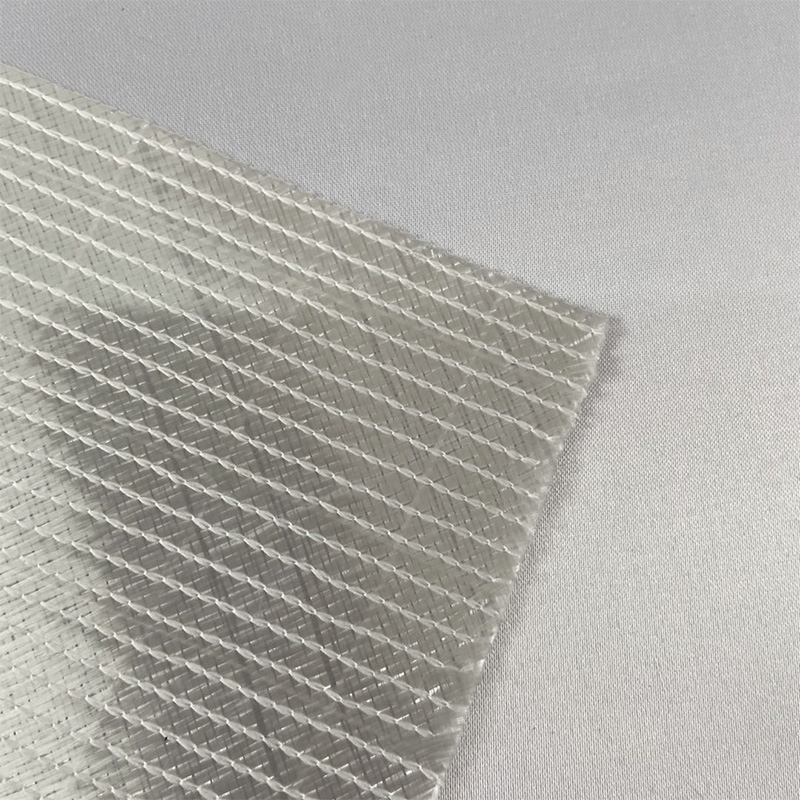 275g Unidirectional Glass Fiber Cloth Fiberglass Cloth
View More
275g Unidirectional Glass Fiber Cloth Fiberglass Cloth
View More
-
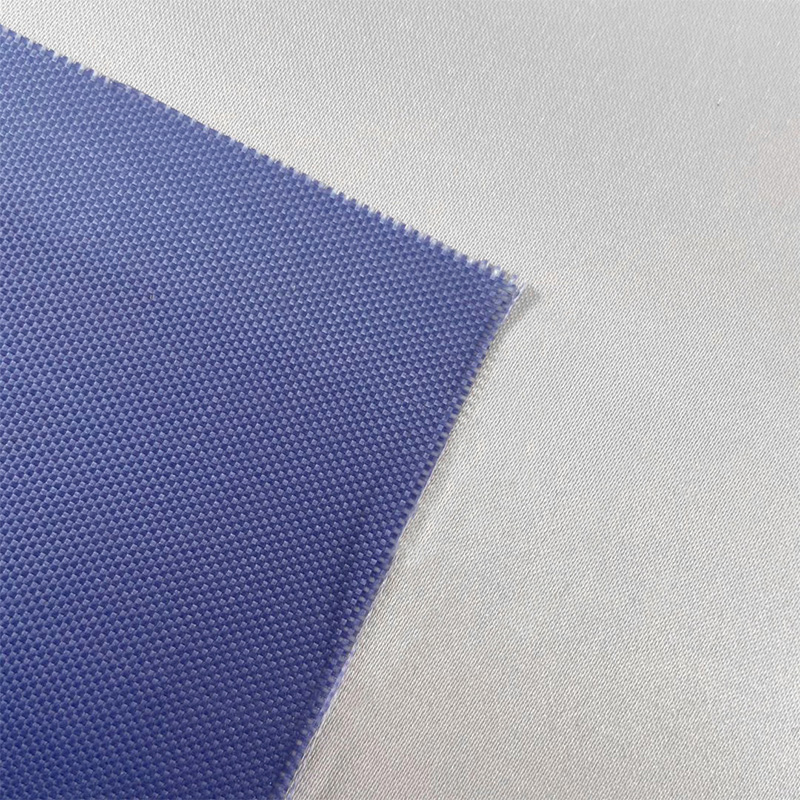 Blue/Coloured Glass Fiber Cloth/Colour And Weight Are Available For Decoration Of Soft Package
View More
Blue/Coloured Glass Fiber Cloth/Colour And Weight Are Available For Decoration Of Soft Package
View More

 English
English 中文简体
中文简体 русский
русский Español
Español